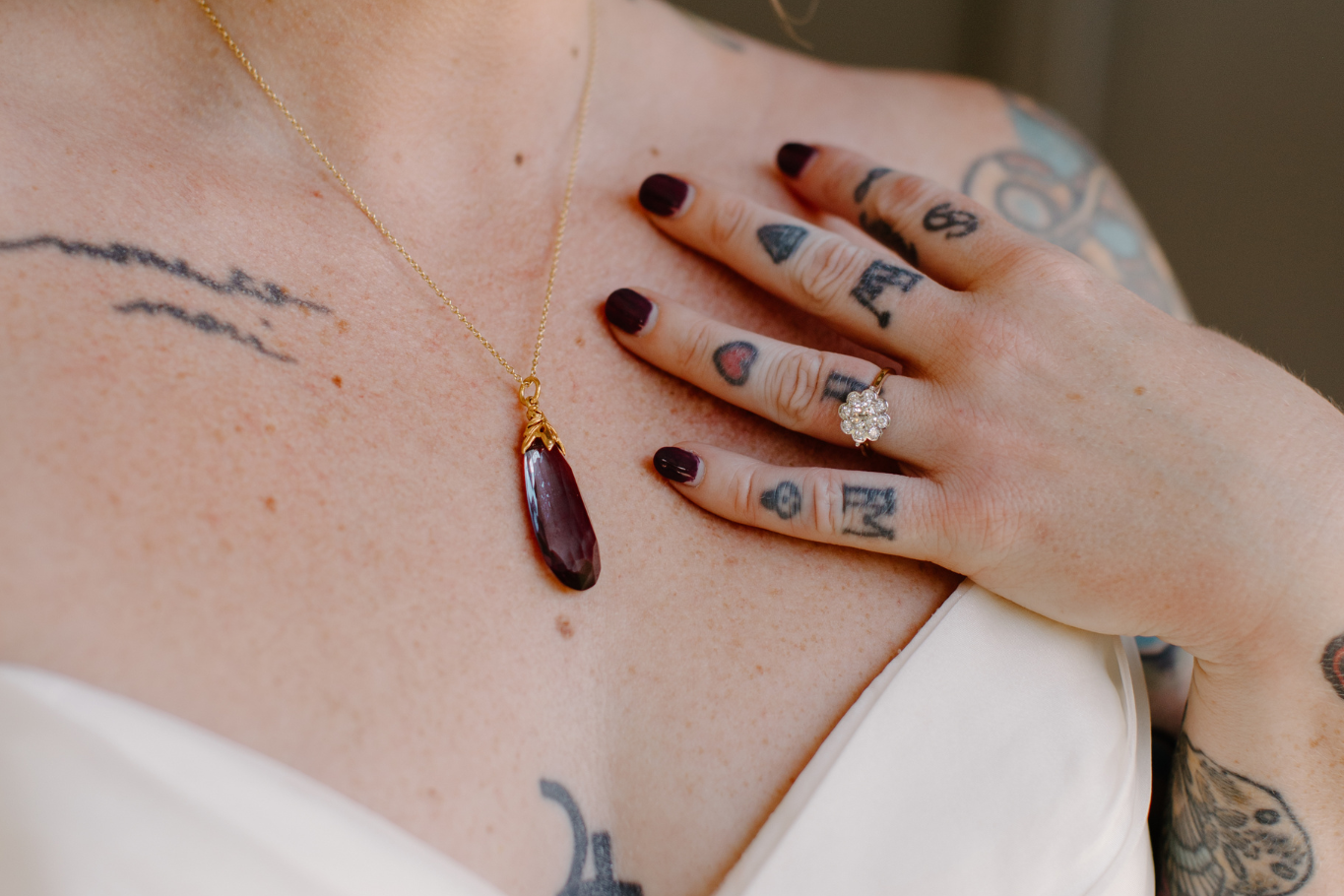The term “estate jewelry" is a bit of a misnomer as estate jewelry does not always come from an estate sale. The word estate simply refers to the fact that the piece is pre-owned.
There are many reasons why people part with their jewelry. Inheritance is a big factor in people choosing to sell their jewelry, so if a style isn’t quite for you, then be sure to bring it in for the owner to evaluate and potentially make an offer. An alternative to parting ways with your jewelry is to reset your stones into a brand new piece that you design. Custom by Colonial is a full-service custom jewelry experience where you meet with your sales associate and work with our in-house CAD jewelry designer to develop the perfect design.
Once a piece of jewelry becomes 50 years old, it achieves the title of “vintage.” Vintage jewelry makes a great statement piece as it combines beautifully with modern attire. The designs are usually more structurally sturdy as well, making them an easy everyday essential. Jewelry that is over 100 years old is considered “antique.” Antique jewelry is typically categorized as the era in which it originated. Due to its intricate craftsmanship, it’s usually best to reserve these pieces for occasional wear.
Antique/Vintage Jewelry Eras:
- Georgian Era (1714-1837) – Jewelry began to make its way into the middle class. It was primarily handmade at this stage as well. Gold was generally used in 18k, and silver was the only available white toned precious metal. Iron and steel jewelry was popular as it created the same glimmering effect as diamonds under candlelight for a much lower cost.
- Victorian (1837-1901) – Major changes in jewelry production occurred due to the Industrial Revolution. Jewelry was no longer strictly made by hand. Common techniques include repousse, enameling, and arranging seed pearls into grape clusters.
- Edwardian (1901-1915) — Incredibly intricate, lacy designs of exquisite filigree. Platinum openwork was also common, and jewelry had great movement to align with fashion trends of light, flowing garments.
- Art Nouveau (1890-1910) — Flowing, feminine lines were quite common. Fanciful beings such as mermaids and fairies were frequently depicted in works using the plique-a-jour technique where the backing of the enamel is burned away to create a translucent look.
- Art Deco (1920-1945) — Emphasis on symmetry, geometric patterns, and holds all of the character and vibrancy of the Jazz Age. Platinum makes a comeback once again to support the creation of finely detailed pieces, though white gold was also a lower cost alternative. Innovative stone shapes, advances in pearl farming, convertible jewelry – brooch/dress clip turns into earrings for day to night look
- Retro (1939-1950) — Fabric motifs such as pleated lace, flowing ribbons, and knots made their way into popularity. Parures, or complimentary suites, featured combinations of two or more elements that were not an exact match, but a thematic collection.
- Mid Century (1950-1970) — Post-war fashion embodies a celebration of bold colors and stylistic elements. Splashy, colorful pieces were all the rage. Cluster rings showcased a big look with smaller stones and halo rings with differing shapes created visual intrigue.
Because of the previously-owned nature of the jewelry, we recommend purchasing from a well-established jewelry store. At Colonial Jewelers, you can be sure that each piece of jewelry has been carefully inspected for any defects and it will also be accompanied by an insurance appraisal according to GIA standards. This means that you will have the most accurate information in order to insure your piece. Sometimes you can find unique pieces for sale elsewhere, but just keep in mind that you may have to have the piece overhauled in order to get it into wearable condition.
